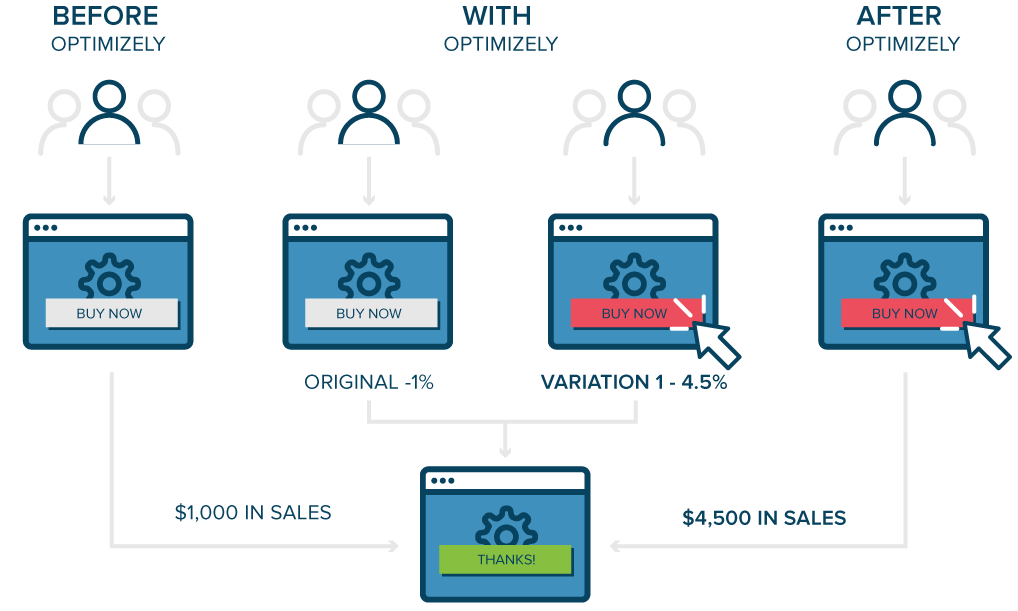The issues that electronic musicians confronted with playing their compositions on equipment made by various producers was a serious one in the 1980s. Link a MIDI Controller made by one maker to a sound module made by another producer, and your flute solo could come out as a drum solo. You could try adjusting the volume and end up changing the pitch instead. This is because MIDI commands, which are used to manage every element of the structure from notes played, instrument used, volume, pitch, and numerous other specifications, are numerical, and as soon as upon a time (suggesting the 1980s) various makers utilized Visit this page different functions to refer different MIDI Command numbers. For instance, the number corresponding to a trumpet sound on one brand of devices may represent a harmonica noise on another brand of devices.
There were many other problems as well, most of them emerging from an absence of standardization of the correspondence in between MIDI Command numbers and the actual criteria that they adjusted. For this reason, the General MID (GM) standard was developed so that all (or the majority of) the numbers utilized to produce any particular MIDI command would do the same thing on any brand of devices that included the General MIDI requirement for instance, the number 12 positioned at a specific point in the string of digits that represents any MIDI command now activates any GM standard noise module to play a Vibraphone noise, and absolutely nothing else. This sound might vary rather on different sound modules (sound quality will differ depending on how pricey the sound module is and what kind of innovation it uses), however at least you wont end up playing a flute instead of a vibraphone.
The GM standard included a variety of standardizations besides MIDI commands for example, it required all GM certified noise modules to be fully multi-timbral that is, each noise module had to have the ability to receive MIDI messages on 16 various channels, so that the sound module can play 16 different spots (equivalent to 16 different instruments) at once, corresponding to the 16 available MIDI channels.
